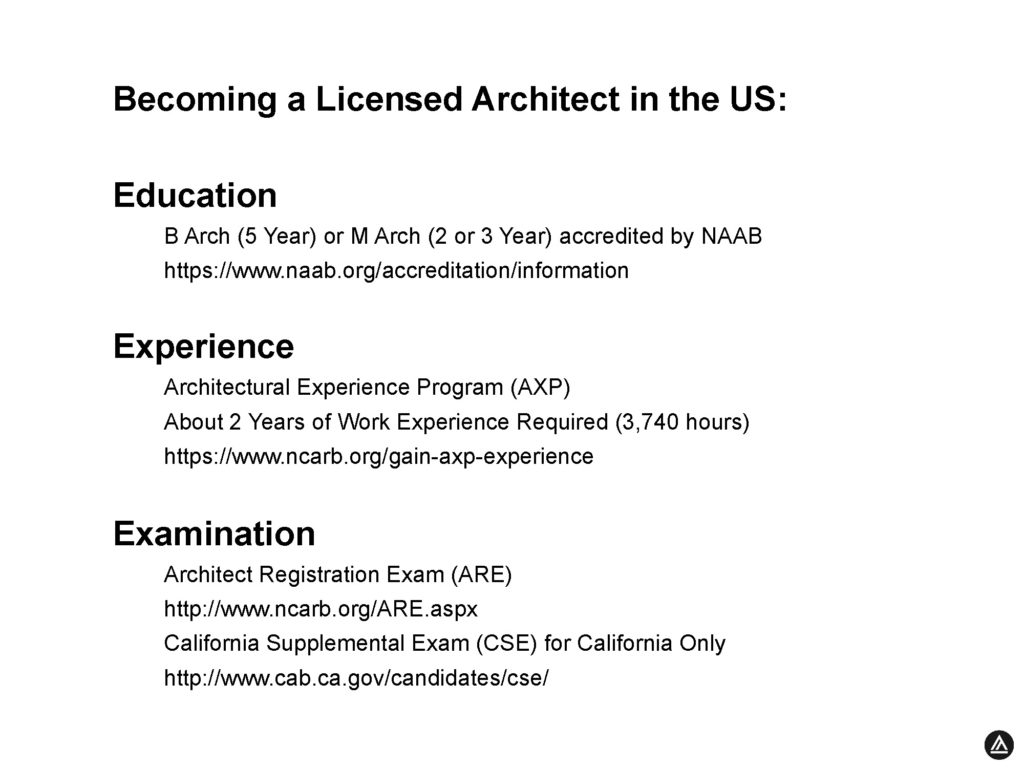Paths to Licensure: Deciding between BA and B. Arch
There is no difference between the BA and the B. Arch programs in the first year of the program. Therefore, students are not under pressure to decide between the two degrees when they enroll. Many students make this decision in their 2nd year or 3rd years. Directors and faculty are ready to assist in this decision.
Compare BArch and BA curriculum maps HERE.
The NAAB-accredited B. Arch degree is recognized in the US and abroad as a solid foundation for entering the profession. Is it required for architectural licensure in the US in many states. However, it is not the only pathway into the profession and we will support all students in building a strong portfolio. Both the BA and the BArch programs encompass a comprehensive knowledge of the aspects of architectural design including human behavior and needs, site design, structure, building systems integration, and code requirements for accessibility and egress (the ways that occupants of a building will escape a building to a place of safety in the circumstance of fire or emergency).
To support students seeking internships and employment, as well to explain in more detail the various licensure paths, the School of Architecture offers LA 485 Tell Your Story: Personal Statement, Portfolio, Resume. This course is a required course for students entering the program in Summer 2022 or after. For returning students, regardless of whether they are in the BA or the B. Arch program, we strongly encourage them to take the course as a Liberal Arts elective.
For entry-level jobs in an architecture firm, the strength of the portfolio is the biggest determinant. Many architectural firms will list B. Arch or M. Arch as minimum qualification for entry-level jobs (see sample job posting below) but if the portfolio is exceptionally strong, BA candidates can compete with B. Arch candidates. However, the absence of an architectural license will limit professional opportunities beyond the entry-level phase of the career.
National Council of Architectural Registration Boards
NCARB is a national organization that oversees the paths to licensure in the US. It is important to note that architectural licensure is regulated and granted by each state in the US. As the requirements vary from state to state, students should research the requirements specific to their state.
The NCARB website provides a tool for understanding the differences in each state’s requirements for licensure.
https://www.ncarb.org/get-licensed/licensing-requirements-tool
A majority of states in the US require a NAAB (National Architectural Accrediting Board) accredited degree (B. Arch or M. Arch) for licensure. Some states allow additional work experience as alternative to a NAAB accredited degree. Students who earn the BA degree will still have a path to licensure in these states if they meet the additional work experience requirement.
Pathways to licensure specific to the state of California can be found on the California Architects Boards website at this link:
https://www.cab.ca.gov/candidates/becoming_a_licensed_architect/pathways.shtml
The state of California offers multiple paths to licensure including a path without a college degree. Regardless of the path, the total time required for licensure in the state of California is 8 years. The B Arch degree is not required for licensure in California.




